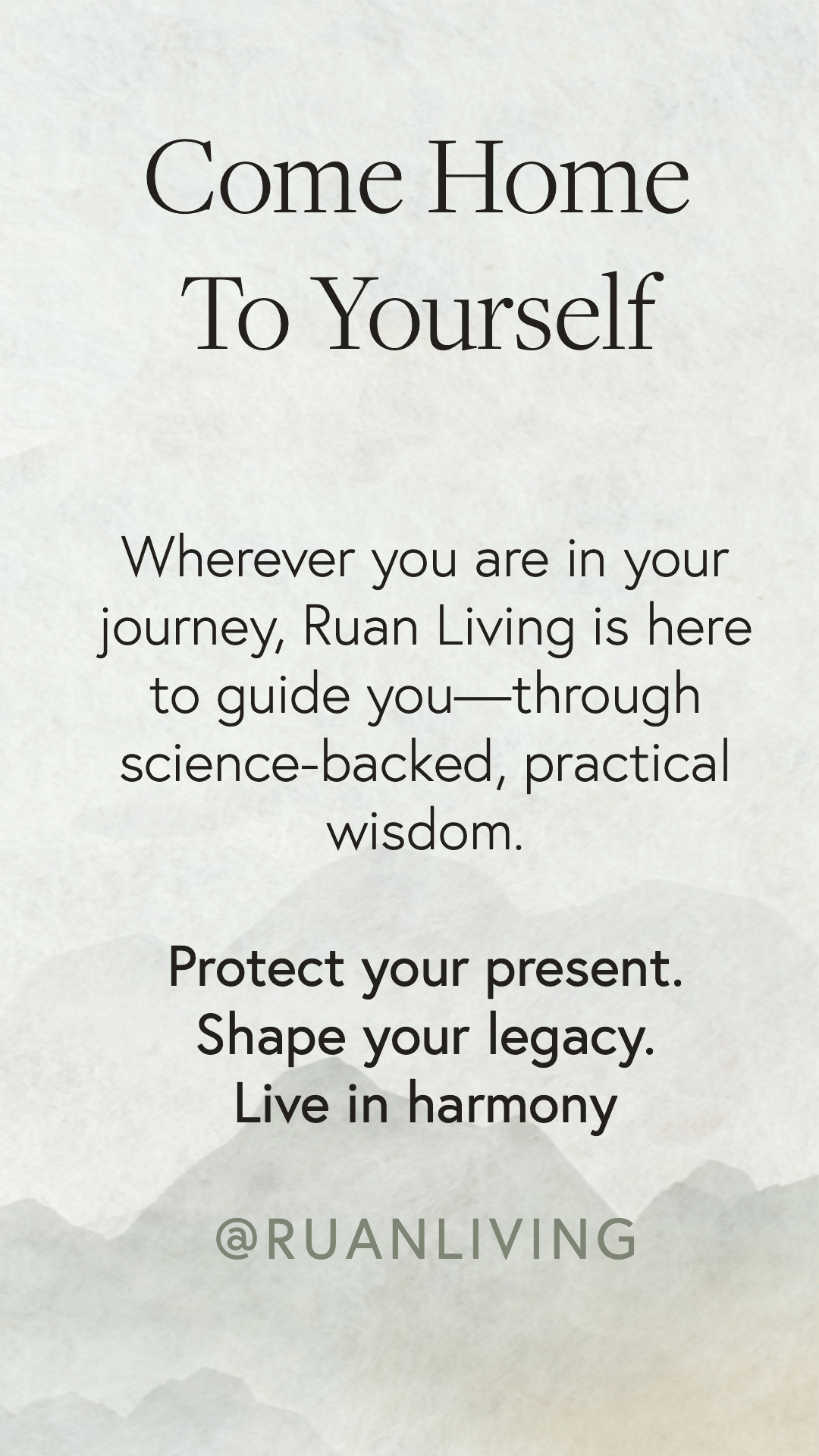
Cyberbullying: What It Is, and Tips to Protect Your Children
Jun 30, 2018Frequent conversations with your children about cyberbullying can help them feel safe and supported. Together, you can figure it out. And, perhaps, that's the key goal: Giving your children the experience that they do not have to navigate cyberbullying (or other life challenges) alone.
The presence of technology in our lives has brought many benefits as well as challenges. For parents, we wonder what we should know about keeping our children safe from online threats. And cyberbullying is a modern concern.
Cyberbullying rose steadily from 2006 to 2012 among high school students, particularly among girls, according to one study.
What is Cyberbullying?
First, let's explore what cyberbullying is not. According to ConnectSafely:
"It’s not social drama, an argument, mean gossip, an impulsive expression of anger or a prank that’s gone wrong but wasn’t meant to. Any of these can be hurtful and sometimes they can turn into bullying, but cyberbullying is not just any form of mean behavior any more than bullying is in offline life."
Cyberbullying is repeated, often targeted, behavior that occurs online and via computers and various Internet-enabled devices. There is also usually a power imbalance between the victim and the bully.
With cyberbullying, the cyberbully has more opportunity to harass the victim anonymously, 24/7, seven days a week through Internet-enabled devices. Below are different forms of cyberbullying, according to BullyStatistics.org:
- Sending mean messages or threats to a person’s email account or cell phone
- Spreading rumors online or through texts
- Posting hurtful or threatening messages on social networking sites or web pages
- Stealing a person’s account information to break into their account and send damaging messages
- Pretending to be someone else online to hurt another person
- Taking unflattering pictures of a person and spreading them through cell phones or the Internet
- Sexting, or circulating sexually suggestive pictures or messages about a person
Differences Between Cyberbullying and Traditional Bullying
Estimates for the prevalence of cyberbullying varies (partially because how cyberbullying is defined varies), but the Centers for Disease Control estimates that cyberbullying affects about 15.5 percent of high school students; whereas in-person bullying at school is estimated to affect about 20 percent of high schoolers.
Below are four key differences between traditional bullying and cyberbullying.
- Cyberbullying can be more relentless. With traditional bullying, kids bullied at school can often get a break at home at the end of the day and maybe on weekends. Cyberbullies have unlimited opportunities to hurt their victims online. Digital devices facilitate this 24-hour ability to bully an individual at all hours.
- While our digital world is impressive for its unlimited possibilities, these possibilities include more ways than ever, with new ways discovered almost daily, to hurt someone. Texting, apps, social media, gaming, and online forums are some of the channels through which bullies reach their victims. Since they also each offer unique features and different audiences that help grow viewership, these inventive technologies make cyberbullying harder to manage.
- Digital bullying is also unique in that it creates a permanent record that can include damaging text, images, and videos. Once published online, these may not be able to be deleted, returned, or destroyed. It is often difficult for parents or other adults to recognize that cyberbullying is occurring—whether your child is in the victim or the bully.
- Cyberbullying can be more hurtful than physical bullying. A survey by the National Institutes of Health (NIH) reported that victims of cyberbullying at school were at greater risk for depression than from other forms of bullying. Cyberbullying can also adversely affect anxiety, self-esteem, confidence, academic performance, and overall well-being.
Common Places Where Cyberbullying Occurs
For more specific online areas for parents to monitor, below are common "channels" through which cyberbullying occurs.
- Social media sites like Twitter, Instagram, Snapchat and Facebook
- Texts or other types of instant messaging platforms
- Group forums, like Google Chat
- Apps that allow users to remain anonymous, like Kik Messenger and Yik Yak
Signs of Cyberbullying
Most kids don't tell a teacher or parent about cyberbullying. Reasons why they don't involve adults range from fear of social stigma to fear of restricted computer privileges. Signs of bullying vary but can include the following:
- Withdrawal from friends and family
- Change in personality with symptoms of anxiety or depression
- Being secretive about digital activity
- Appearing emotional or upset after telephone or computer use
- Avoiding group activities
- Decreased or discontinued use of phone or computer
- Failing grades
- Appearing nervous with emails, instant messages, or texts
- Social media accounts are shut down or new ones appear.
- Higher-risk populations: special-needs students or lesbian, gay, bisexual and transgender (LGBT) youth; and girls more than boys.
How Can Adults Help Protect Children from Cyberbullying?
Below are seven tips to help guide your child from avoiding being a victim or a cyberbully. They are meant to provide an introductory approach to this complex, evolving challenge.
- Online manners. Just as we discuss polite behavior for when our children deal with people in the real world, we should discuss kindness and respectful manners that should also be implemented in the digital world. A couple rules you could consider include:
- If you don't have anything nice to say about someone, then definitely don't print it!
- Operate as if anything you publish may appear on the cover of the New York Times.
- Protect your reputation. Discuss potential consequences from what types of communications—text, photos or videos—that include your child as well as any negative online behavior. These mistakes can become part of someone's permanent—official or unofficial—record, like as part of your child's reputation, or getting punished by the school or police.
- Stay updated with technology. Adults should be aware of changing technologies that affect your children, so that adults can be aware of the digital landscape and risks. From this informed perspective, you can create boundaries and helpful conversations with your children about technology and potential social dilemmas.
- Get involved with your kids online experiences. Get to know what your child is exposed to online. Monitor their social media accounts, emails, and know your children's online habits. Have conversations about online safety. Let your kids know that they can trust you to help them.
- Make sure your children's school is also having helpful conversations with the children so that your children's community can collaborate to protect your children's emotional wellbeing.
- Model behavior you want your children to adopt. How we behave may be more influential than what we say.
- Create a contract. In exchange for technology devices, have your children sign a written agreement to obey defined terms of technology use.
A parent may not be able to protect and monitor their child all the time, but there are things they can do to prevent cyberbullying. Have frequent informed and supportive conversations about online safety, discuss strategies children can use, and be aware of the state laws regarding cyberbullying. All states have criminal bullying legislation, but these laws do not always cover cyberbullying. A parent or guardian can learn about state laws and policies.
Learn More
Stay updated on digital trends and learn how to maintain a healthy relationship with technology by joining our community. Subscribe below for email updates!
🎁 unlock your ULTIMATE HOME DETOX™ starter pack
Download the Ultimate Home Detox™ Starter Pack—your free set of practical, science-backed tools to begin reducing toxic exposures in your everyday life.
- Nontoxic Cleaning Guide
- Forever Chemicals Detox Starter
- EMF Detox Challenge
- Safe Cookware Starter Kit
- Kitchen Detox Checklist
- Fertility / Pregnancy / Children's Detox
Join 349,000+ people who’ve turned to Ruan Living for trusted, practical nontoxic guidance. These resources have helped thousands begin their journey toward a healthier home—and they’re yours, free.
GET YOUR ULTIMATE HOME DETOX™ STARTER PACK NOWWe hate SPAM. We will never sell your information, for any reason.



